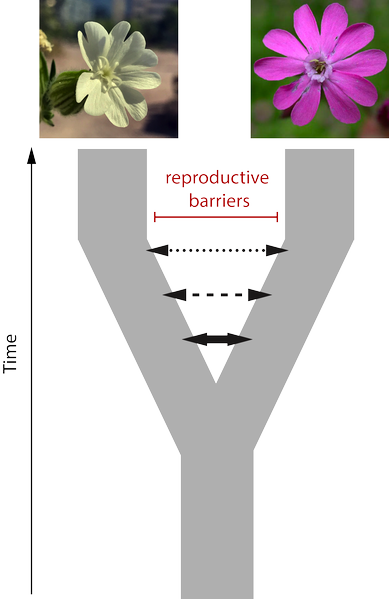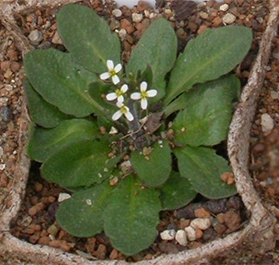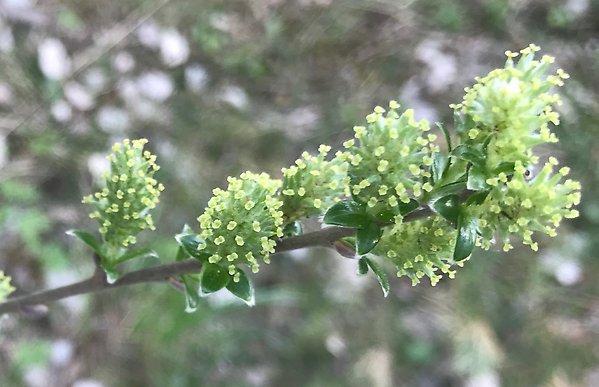Karrenberg lab: Our research
We are interested in ecological and genetic mechanisms giving rise to lineage divergence. These include adaptation to the different environments, the establishment of crossing barriers, and the evolution of sex chromosomes. We often combine ecological approaches such as transplant and crossing experiments with genetic investigations, for example, population genomic analyses and demographic modelling. We use the plant systems Silene, Arabidopsis and Salix.
A recent review: Can evolution supply what ecology demands? (2018) Kokko H, Chaturvedi A, Croll D, Fischer MC, Guillaume F, Karrenberg S, Kerr B, Rolshausen G, Stapley J. Trends in ecology & evolution 32 (3), 187-197
Research projects
Speciation mechanisms
We study speciation mechanisms in the hybridizing sister species Silene latifolia and S. dioica. These species have separate sexes (unusual for plants) with sex determination through comparatively recently evolved X and Y sex chromosomes. Our main questions include:
- Which reproductive barriers are most important?
- How are reproductive barriers controlled genetically and what is the role of sex chromosomes in this process?

Altitudinal adaptation
Altitudinal gradients encompass steep cimatic clines, for example, in temperature. Species that occur over a wide range of altitudes may therefore have adapted to altitude across their different populations. We tested this hypothesis using in the model plant Arabidopsis thaliana. In particular, we investigated whether small stature at high altitude ("alpine dwarfism") is adaptive and how genetic drift and natural selection may interact to produce trait clines along altitude.
High-altitude environments are not only chanracterized by extreme conditions but also by a high heterogeneity in microhabitats, often association with the duration on snow cover. Our resarch shows that such micro-heterogeniety may allow the dwraf willow Salix herbacea to maintain variation wiithin popouluations and increase the species's potential to cope with changing conditions.

Arabidopsis thaliana (high-altitude population)
Sex chromosome evolution
The evolution of separate sexes is of fundamental importance in biology. Sex determining mechanisms are highly variable and labile and sex chromosomes often degenerate; however, the underlying evolutionary mechanisms are unclear. Theoretical studies predict that sex chromosome evolution is governed by sex ratio selection and/or by different forms of genetic conflict, for example between males and females or between cytoplasm and nucleus. Empirical evidence for these predictions is scarce, in part because the best-studied systems are animals with ancient sex chromosomes.
This project investigates a plant family with separate sexes (Salicaeae, willows and poplars) where a high turnover of nascent sex chromosomes has been suggested and sex ratio bias is common, to understand the evolution of sex determining region and sex chromosomes. We use mostly genomic approaches but also field survey and greenhouse experiments.

Salix repens, female
